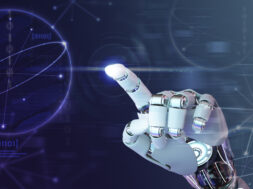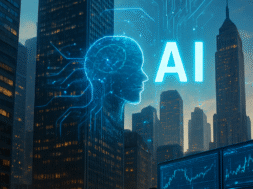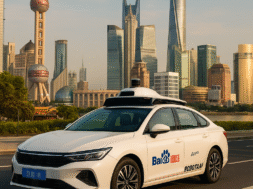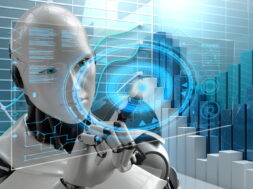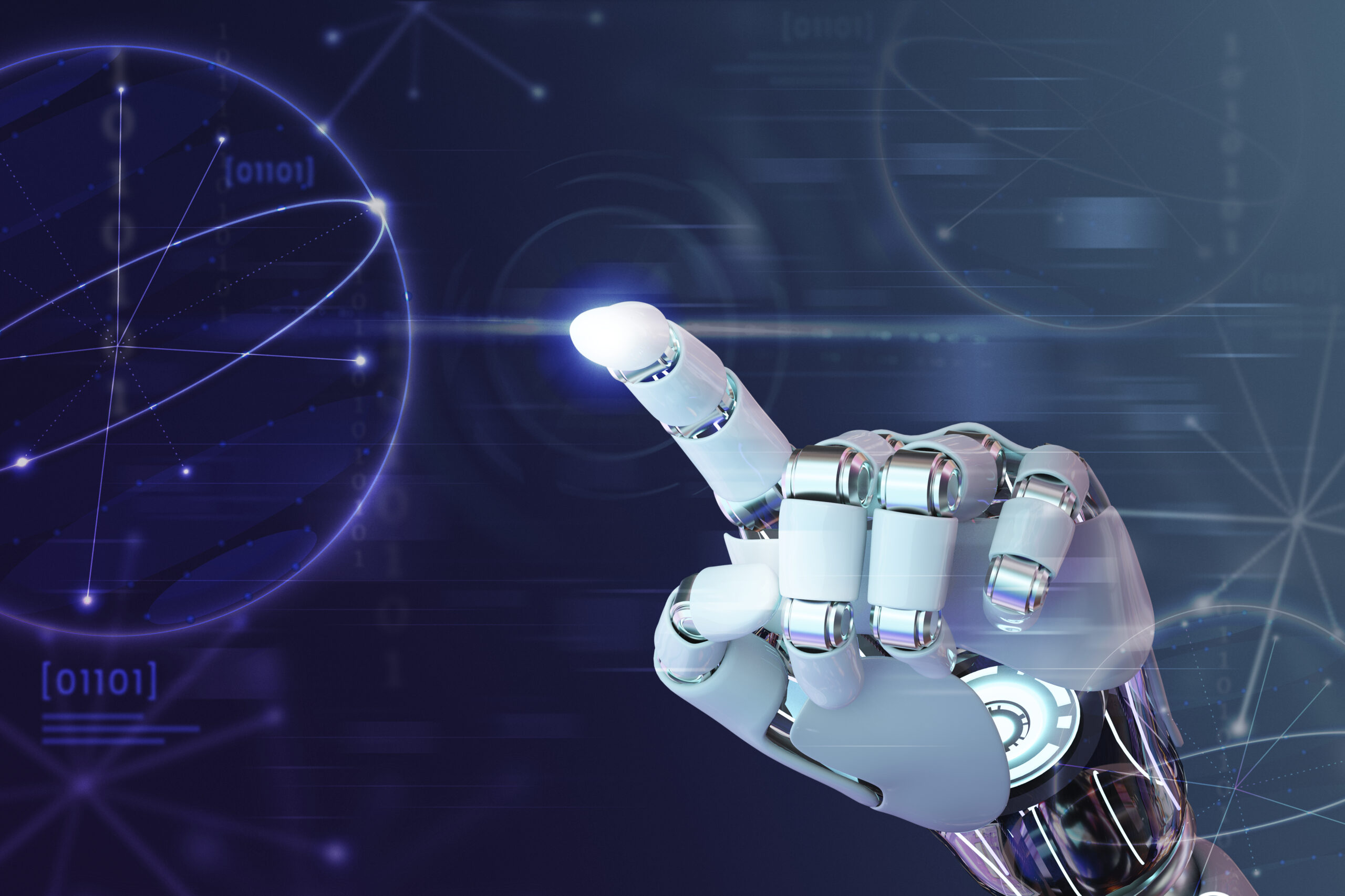
Demystifying the Distinction: Artificial Intelligence vs Machine Learning
Terms like “Artificial Intelligence” (AI) vs “Machine Learning” (ML) have become buzzwords in the constantly changing world of technology and are frequently used interchangeably. These two ideas have different interpretations, uses, and ramifications underneath the surface. This essay will examine the contrasts between AI and ML, illuminating their special traits, how they have taken over the new technology news and how they affect contemporary life.
AI (Artificial Intelligence):
The simulation of human intellect in machines to carry out activities that traditionally require human intelligence is included in the wide definition of artificial intelligence (AI). These jobs vary from simple ones like language translation and speech recognition to more difficult ones like problem-solving and autonomous driving.
Fundamentally, AI seeks to develop systems that can observe their surroundings, think critically about them, and make wise judgments to accomplish certain objectives. Combining techniques from diverse subfields, including natural language processing, computer vision, robotics, and expert systems, is frequently used.
The field of artificial intelligence (AI) is quite broad, covering both specific AI (also known as weak AI) and general AI (sometimes known as strong AI). Systems like Siri or Alexa, which are virtual personal assistants, are examples of narrow AI. On the other hand, available AI would be capable of understanding, learning, and adapting to various tasks and would have intellect comparable to a human’s.
ML (machine learning):
Machine learning, on the other hand, is a subset of artificial intelligence. It uses algorithms and statistical models to allow robots to learn from data, recognize patterns, and make predictions or judgments without explicit programming. ML algorithms are meant to improve at a certain activity as they are exposed to more data, allowing them to handle difficult tasks such as picture identification, natural language processing, and recommendation systems.
Machine learning (ML)’s capacity to adapt and improve over time, or “learning,” is a critical aspect. Massive datasets are assessed as part of the learning process, eventually allowing ML systems to develop more accurate predictions or evaluations.
Key variations include:
- Scope: Machine learning (ML) is a subset of AI that focuses on enabling machines to learn from data. AI is a broader concept that encompasses the development of intelligent systems.
- Education: Machine learning encourages data-driven learning, whereas AI enables rule-based learning. AI systems must follow predefined rules and logic, but ML systems may adapt and improve their performance through data analysis.
- Applied Materials: Because AI is so versatile, it has the potential to be applied in a wide range of sectors, including finance and healthcare. Machine learning (ML) is a subset of AI often used for data-intensive applications such as image recognition, recommendation engines, and predictive analytics.
- Challenges: AI systems may be general and targeted, whereas ML primarily focuses on creating focused, constrained AI systems.
- Goal: The ultimate goal of AI is to develop computers that can replicate human intelligence in various occupations. Machine learning (ML) uses data analysis to teach computers new abilities and improve their performance.
Although AI and machine learning are similar concepts, it is vital to understand the distinctions between them. The overall objective of AI is to create intelligent machines, while machine learning (ML) is a subset of AI that allows robots to learn from data.
Both are fostering innovation in various areas, including healthcare, finance, transportation, and entertainment, and it is believed that as they evolve, our way of life and the way we work will radically change in the coming years.
